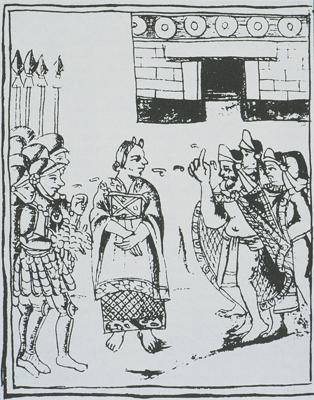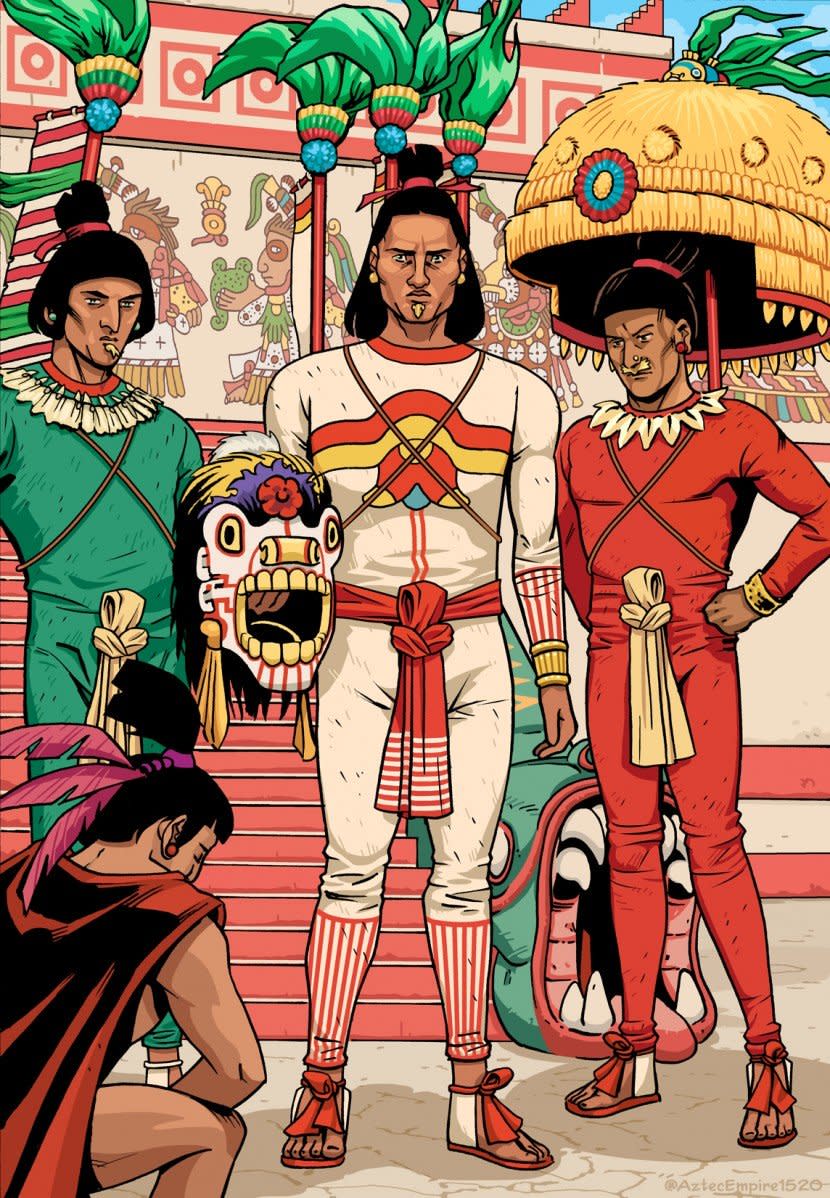We look at the first European voyage to the US Eastern coast undertaken by Giovanni da Verrazzano in 1524, which produced the first ethnological and geographical account of the region known as the Cèllere Codex.
The full English translation of the Cellere Codex can be found here. For the handwritten copy by Verrazzano, the scans are available in Lawrence Wroth’s book (see Sources).
Some maps that depict the Verrazzano False Sea:


More maps on the false sea:
My Old Maps – includes a downloadable 21-page description of the Verrazzano False Sea and many maps.
Additional tidbits:
Verrazzano’s birthplace is located at the Verrazzano Castle in Chianti, Italy. (open to visitors!)
The Verrazzano-Narrows Bridge is also named after him.
Sources:
Codignola, Luca. ‘Another Look at Verrazzano’s Voyage, 1524.’ Acadiensis: Journal of the History of the Atlantic Region 29, no. 1 (1999): 15.
Wroth, Lawrence. The Voyages of Giovanni Da Verrazzano 1524-1528. New Haven: Yale University Press, 1970.








